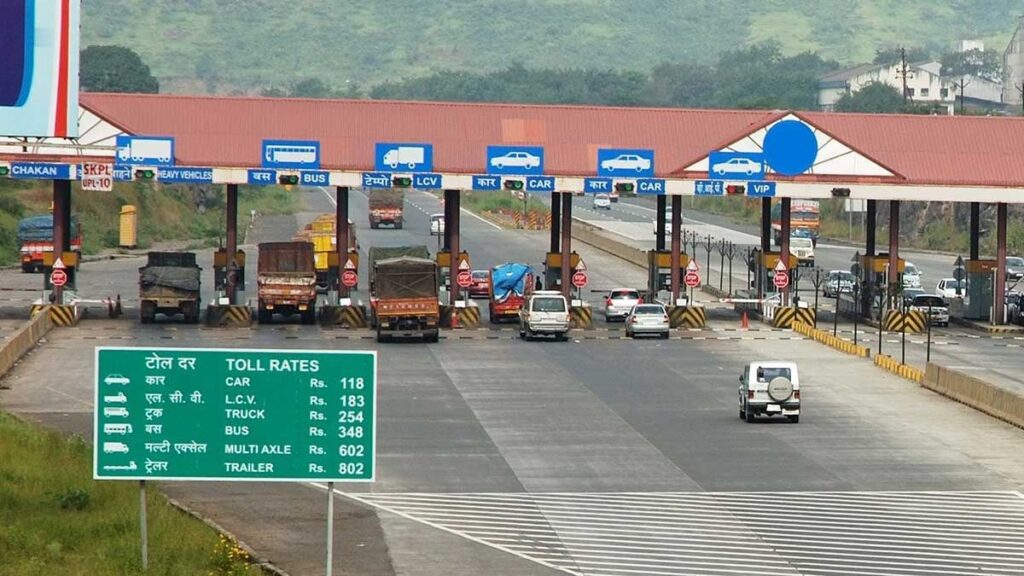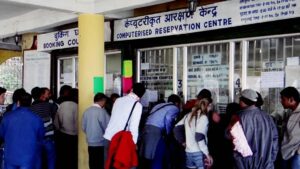Govt’s New Toll Policy Can Save Commuters Upto 50 Percent in Tolls; Pay Once and Travel Hastle Free for One Year

In a bid to reduce travel costs and ease highway congestion, the Indian government is set to introduce a revolutionary toll policy that could save commuters up to 50% on toll charges. The highlight of this policy is an annual toll pass priced at ₹3,000, allowing private car owners unlimited access to national and state highways without additional payments.
How the New Toll System Works
The proposed policy will replace the current toll plaza model with a distance-based charging system, where vehicles pay approximately ₹50 per 100 km traveled. This will be seamlessly integrated with the existing FASTag system, eliminating the need for physical toll stops.
Unlike the current monthly passes restricted to specific toll booths, the new annual pass will cover all highways nationwide. However, the plan faced pushback from toll operators due to contractual obligations. To address this, the government will compensate operators for potential revenue losses using digital tracking and a standardized reimbursement formula.
Why the Lifetime Toll Pass Was Scrapped
Earlier, the government considered a ₹30,000 lifetime pass with 15-year validity, but it was shelved due to resistance from contractors, legal hurdles, and lukewarm public interest. Instead, the focus has shifted to a barrier-free electronic toll collection system, which has already shown a 98% success rate in trials.
Banks to Play a Bigger Role in Toll Collection
To ensure smooth enforcement, banks will now have more authority—they can maintain minimum FASTag balances and impose stricter penalties for non-compliance. In an innovative move, banks may also receive stakes in roadside infrastructure, further integrating them into the tolling ecosystem.
Pilot Project & Nationwide Rollout
The new system will first be tested on the Delhi-Jaipur highway, with full implementation of Automatic Number Plate Recognition (ANPR) cameras expected by year-end. The government is also working with states to bring their highways under this unified toll regime.
Toll Revenue Insights
In 2024-25, toll collections reached ₹61,000 crore, with private vehicles contributing 20-21% and commercial vehicles making up 79-80%. Initially, the new system will focus on heavy and hazardous-goods vehicles, with nationwide sensor installation already in progress.
Despite these advancements, challenges like toll plaza congestion remain. Recent meetings between officials, agencies, and concessionaires aim to streamline operations for smoother policy execution.







